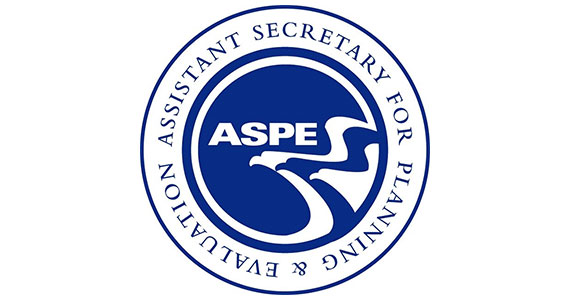KEY POINTS
- The overdose crisis is largely driven by synthetic opioids, predominantly illicitly manufactured fentanyl. Drug overdoses involving psychostimulants such as methamphetamine are also increasing, both with and without synthetic opioid involvement.
- The public health burden of drug overdose expands far beyond the devastating impact of overdose deaths to other consequences of substance use disorders (SUDs), including nonfatal overdose. The human cost of this crisis also has a radiating impact on families, caregivers, and communities.
- Given the changing face of the crisis and escalating harms, including during the COVID-19 pandemic, the U.S. Department of Health and Human Services (HHS) is releasing a new, comprehensive, resourced Overdose Prevention Strategy to strengthen our primary prevention efforts and increase access to the full continuum of care and services for individuals with SUD and their families.
- Experts across HHS came together to leverage the best evidence to prioritize four key target areas for the strategy: primary prevention, harm reduction, evidence-based treatment, and recovery support.
- The strategy embodies HHS’s reinvigorated efforts to strengthen prevention and treatment, as well as its more recent commitment to robust harm reduction and recovery support services. The strategy recognizes that addressing the overdose crisis requires a multifaceted and integrated approach spanning public health, health care, human services, and many other sectors.
- The HHS Overdose Prevention Strategy reflects the Biden-Harris Administration principles of equity for underserved populations and evidence-based policy by being more inclusive of all populations affected. It also prioritizes translating research into equitable practice, and it identifies ways to further our understanding of how to mitigate overdose harms.

